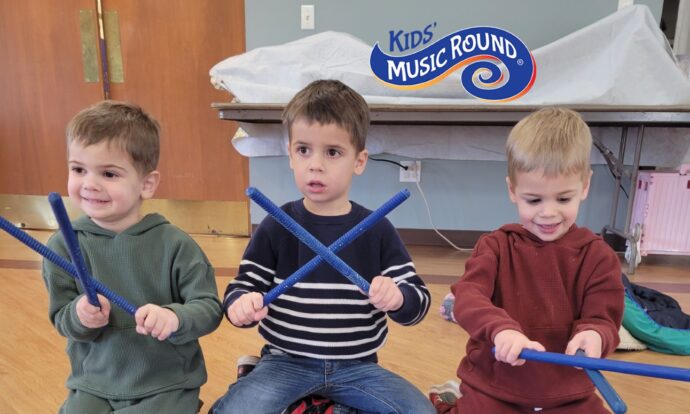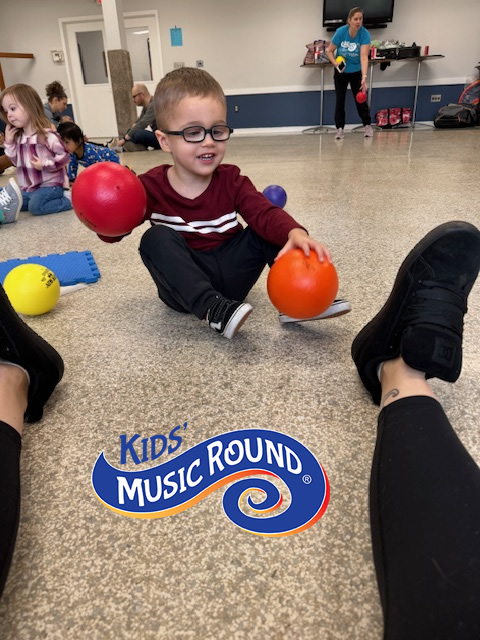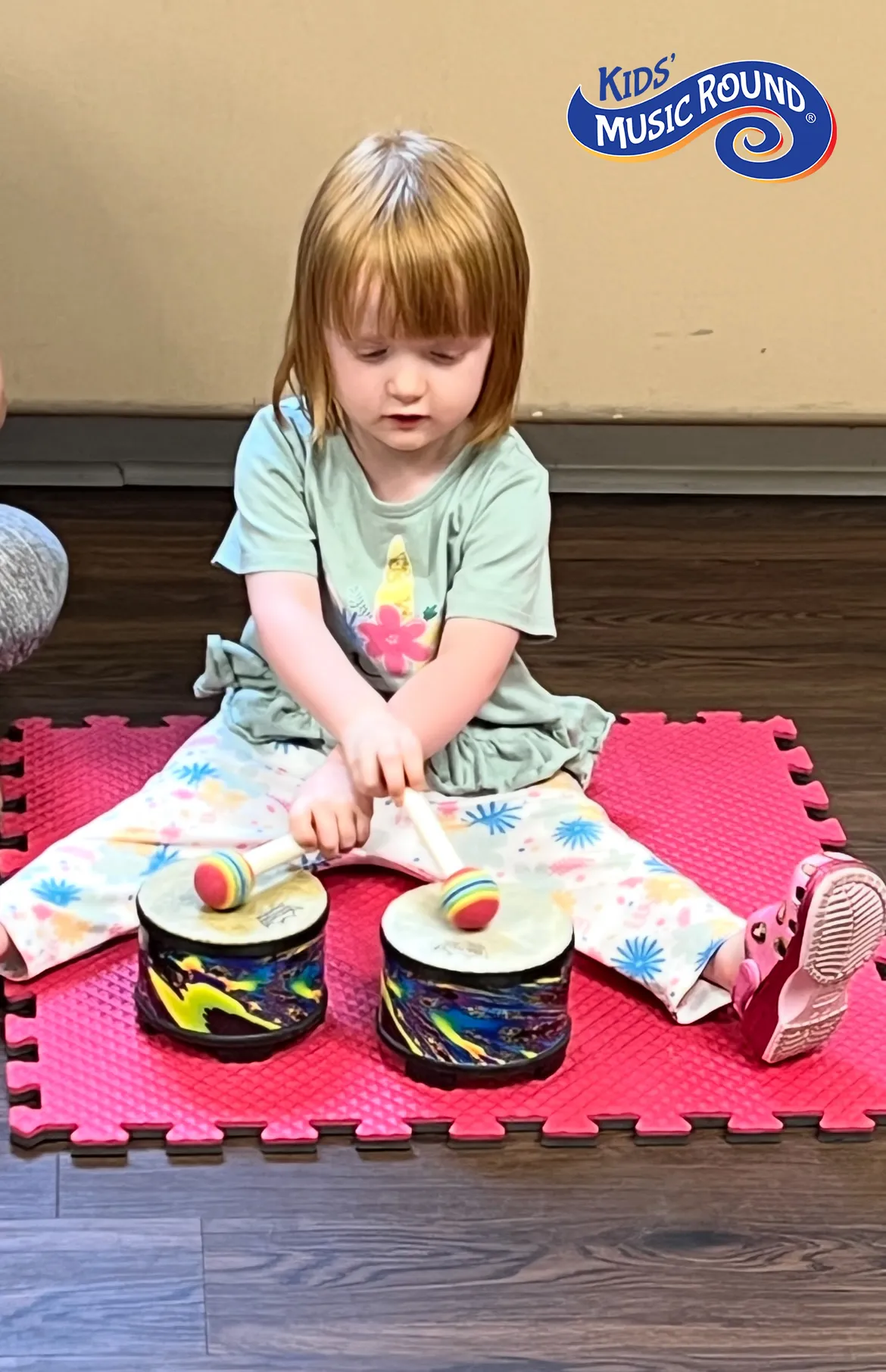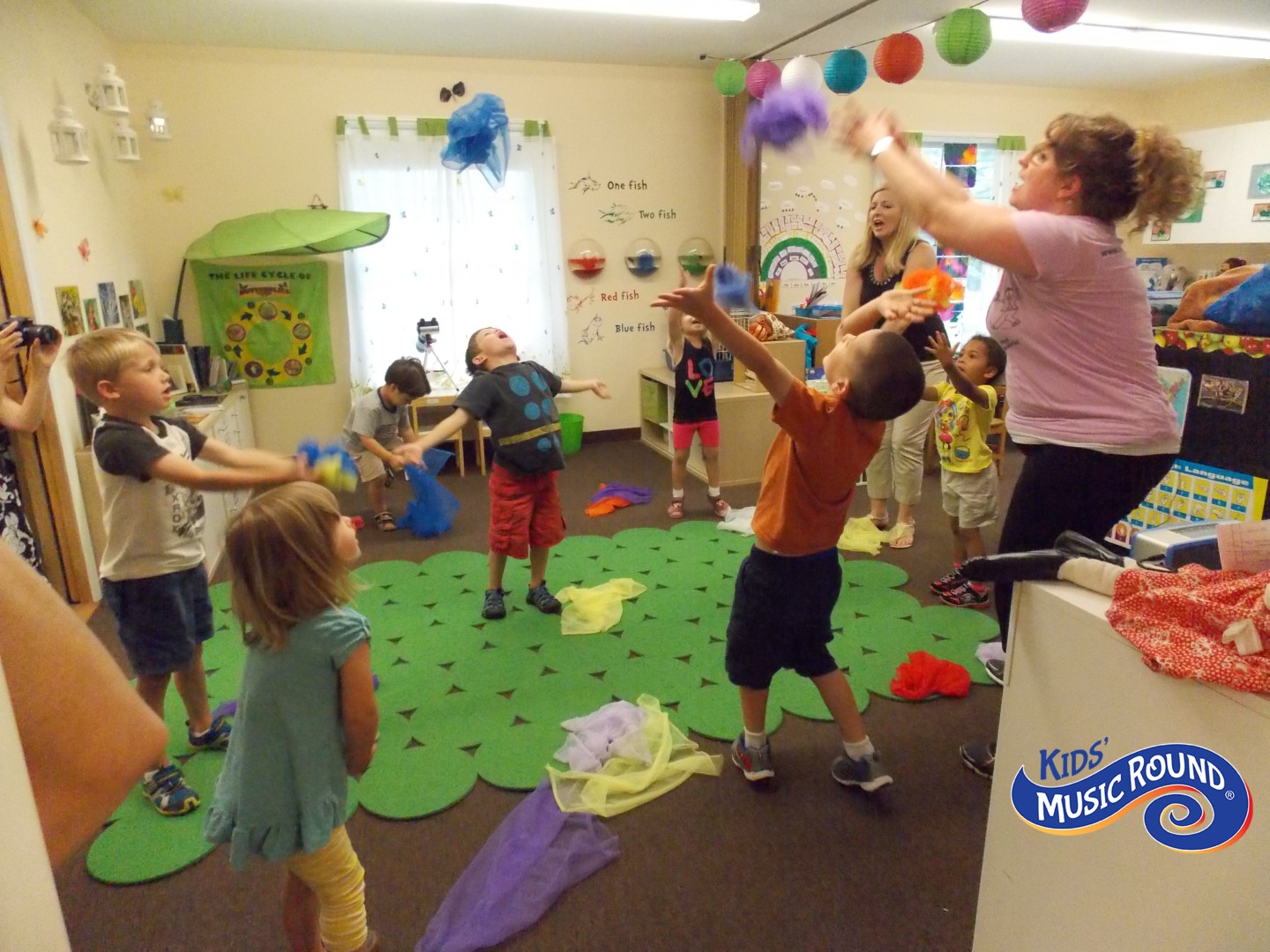What Makes a Quality Music Program
I was 18 years old when I was first handed the reins of a preschool music program. It was an independent study for high school credit in my senior year. I knew I wanted to be a teacher, and I had no idea where to begin. I knew I couldn’t wait another four years to get going!
My music lessons were fine. The children learned, and I learned even more. My biggest lesson was in how much I didn’t know! What did the children even need to learn? How did I know they had learned it? Was singing and dancing enough? Is it time to buy a curriculum now, and if so, how in the world do I evaluate those?
Now that I have gained experience, I have created a checklist to help ensure that children receive a top-quality early childhood experience. It’s also a great tool for evaluating preschool music programs before purchasing one!
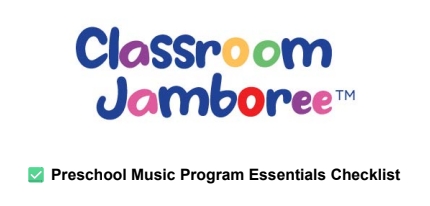
Free Printable Checklist
Download our handy checklist to use at home with your kids.
Foundational Knowledge
In early childhood, the brain is taking in all kinds of information. The brain uses this information to build a strong foundation for later learning. Children need to have active experiences to create synapses (brain connections) in these early years.
One simple and effective way to provide these active musical experiences is through sensory-based music play, even with infants. For example, using resonator bells while gently singing to a baby introduces both tonality and visual-motor connection in a developmentally appropriate way.
Watch this short video to see how resonator bells can be used to engage young children musically in a calm, intentional way:
According to the National Institutes of Health, these live experiences play an important role in which synapses receive more attention and which ones are pruned away. The surviving connections will later be used to build deeper learning. When children have actively played with various concepts in early childhood, they later learn challenging concepts more quickly as a result of these neurological connections.
The Classroom Jamboree™ team has worked diligently to ensure that our curriculum introduces children to a variety of active musical experiences in a playful, joyful, and developmentally appropriate way. It provides them the foundation for musical, social, and academic success later in life.
Balance of Tonality and Meter
When children are young, we introduce them to a variety of foods, knowing that this is an essential foundation for their later nourishment. It’s important to do the same with music.
Meter is the way beats are organized in music. We want children to experience duple meter (most songs on the radio), triple meter (such as the waltz), and unusual meter (a mix of duple and triple).
Tonality is the combination of pitches. Anyone who has turned on the radio has heard music in a major key, and many people are also familiar with minor keys. However, there are also variations of these, such as aeolian. It’s important to incorporate a variety of tonalities into each lesson plan because this is foundational for later learning.
Tonal Patterns & Rhythm Patterns
These are the words of music! They are short combinations of notes focused on either pitch or rhythm. Both tonal and rhythm patterns should be included in every class to ensure children get a solid foundation in the language of music.
Building Movement Vocabulary
I used to think of movement vocabulary as gross motor skills, but it goes beyond that. Of course, we want children to be able to walk, hop, gallop, and skip. It’s also important for children to have opportunities to choose the movements that are appropriate for a situation. In addition to building essential life skills, it also helps children learn an effective way to analyze and express what they’re hearing in music.
Musical Genres
Children need to experience a wide variety of musical genres, including music from different cultures and music from within a single culture. American culture alone has a wide variety of music to work with, and we want to ensure children are exposed to as much as possible, from classical to pop and everything in between.
Music With and Without Words
This was the element that surprised me the most when I first took an in-depth look at what children need to learn. How can children sing songs without words? Nonsense syllables and instrumental music, of course! These songs are a core part of the curriculum because removing the words helps children focus on the melody line.
Musical Accompaniment Minus The Melody Line
One of the best gifts we can give our children is the opportunity to sing in a musical community without hearing the melody line played beneath them. This is where true musicality can begin to shine. It allows musically inclined people to offer harmony when they hear one, and gives children the opportunity to provide an essential component of the music on their own.
When we provide children only music with the melody line played for them, we are teaching them to listen for their notes, rather than providing an essential component of the song themselves. What a tremendous opportunity it is to know that what you bring to the music classroom is essential! Isn’t that what we want for our children in life? To know that what they share is important and valued?
Closing
Creating a preschool music curriculum sounds like a simple task, but in truth, a quality program requires a thorough thought process and attention to detail. At Classroom Jamboree, our team works tirelessly to ensure each of our research-based plans incorporates the essential elements, so our students experience the very best we can offer in each class.

